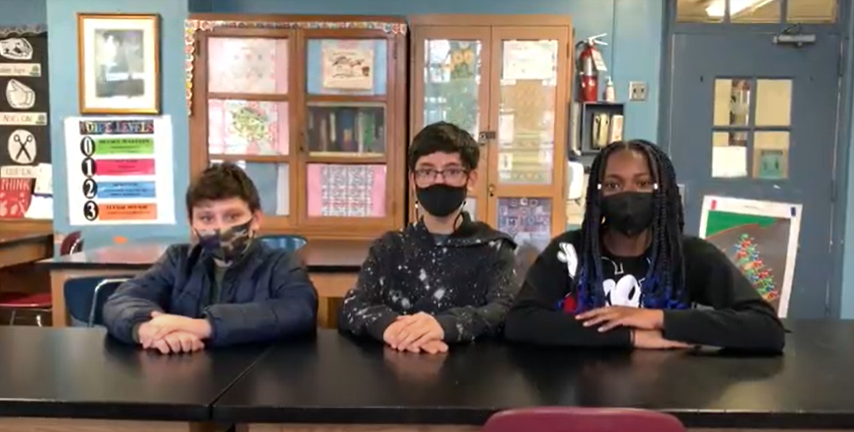
Food Waste Creates Greenhouse Gasses
It’s estimated that 30-40% of food in the US is thrown away every year. When done eating, many people throw their scraps in the trash, which creates food waste. That leftover food is often sent to landfills and as it rots, it releases a gas called methane. Methane is one of the leading greenhouse gasses that causes climate change. It is 28 times more powerful at heating the planet than carbon dioxide, one of the other major greenhouse gasses. [1]
Producing Food Has a Climate Impact
The process of growing the food we eat and getting it to stores/restaurants can be very carbon intensive. Some foods have a greater impact on our climate than others. For instance, Livestock accounts for about 14% of all greenhouse gas emissions globally according to the United Nations. What can you do to help? Making the choice to eat less meat every week can make a difference on your personal carbon footprint. [2]
Transporting Food Has a Climate Impact
Food miles refers to the distance food travels between production and when it reaches the consumer. The amount of emissions attributed to the transportation/delivery of food makes this another factor used when considering the environmental impact of food. In a single year, the total miles of international food transport contributed to 3 billion tonnes of CO2 emissions. This accounts for 8% of all global emissions per year. The best solution is to buy food from local sources in addition to reducing the amount of food we purchase. [3]
Project Examples

Change Laws!
This Eco-Grant winning team from Nathaniel Hawthorne Middle School set out to change the food donation laws at their school. They contacted multiple government officials to gain support in changing the laws in addition to making a petition.

Donate Food!
This team from Rogers Middle School in Long Beach, California has maintained an incredible food donation program for multiple years. Through a food donation program called Food Finders, students have been diverting waste from landfills and giving it those who need it most.
More Project Ideas
- Meatless Mondays: Educate and inspire the public to go Meatless on Mondays or get an institution like your school, city, restaurants or other businesses to do Meatless Mondays
- Including Vegetarian or Vegan Options: Get your school, restaurants or other businesses to offer more vegetarian or vegan options
- Palm Oil Public Education Campaign: Educate and inspire the public about the problems with palm oil and the sustainable alternatives
- Promote Organic Food: Educate and inspire the public to buy Certified Organic food or get an institution like your school, city, restaurants or other businesses to switch to Organic products
- Home and School Gardens: Educate the community on the benefits of home gardens and growing your own food or advocate for your school for a campus vegetable garden.
- Encourage the public to support and purchase community supported agriculture (CSA) boxes or organizations that sell surplus/imperfect produce
- Compost: Educate and inspire the public to start composting at home, start an onsite composting program at school, or encourage your community to participate in existing municipal composting programs.
- Food Donation: Start a food donation program in your community or school or advocate to local grocery stores, businesses or restaurants to donate surplus and leftover foods.
- Home Food Waste: Educate and inspire the public to reduce food waste at home by purchasing only what they will eat and using leftovers and food scraps to make stocks and soups.
When you are finished, enter your shared Google folder and locate the Phase 1 Forms worksheet located in the Phase 1 folder. Complete the questions under the Phase 1.1 section.
Resources
- Food Recovery Network
- ReFed
- Food Finders
- Food Forward
- Save the Food
- Your local Food Bank
- Your local Second Harvest
Return to Phase 1.1
Move Forward to Phase 1.2
Looking for Another Page? Head over to the Campaign’s Table of Contents.